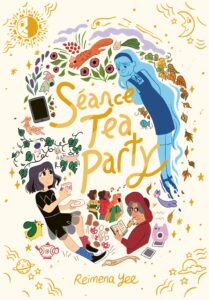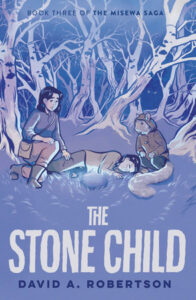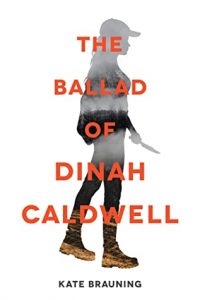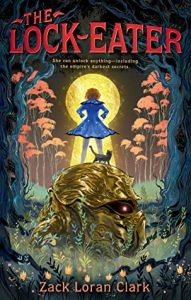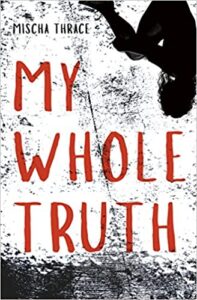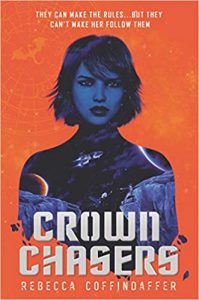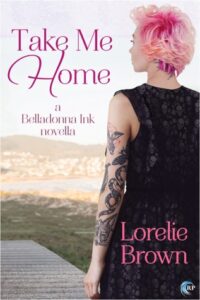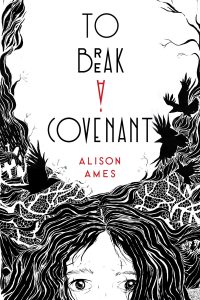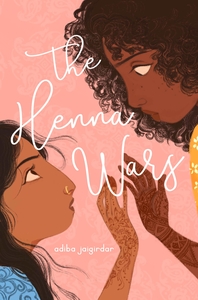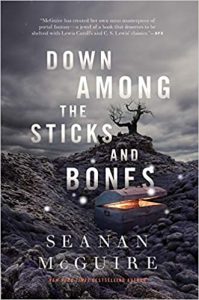Amazon Affiliate Link | Bookshop.org Affiliate Link
Séance Tea Party begins with Lora, a lost young person somewhere between girlhood and womanhood. Growing up looms large throughout the graphic novel… as much as anything looms in this gentle, joyful, sometimes heartbreaking story. Lora feels alone with her friends moving on to things like slick magazines and text chains, while she continues to prefer imaginative play. When ghost girl Alexa joins Lora at the titular séance tea party, the two form a friendship—and maybe something more—that will ultimately bring healing to both girls and those important to them.
It’s a quick read and a sweet one. Lora is relatable as someone who doesn’t want to stop having fun but feels like her fun is no longer accepted. I saw a lot of myself in her and remembered going through the same feeling that “growing up” means growing miserable. Lora and Alexa’s friendship is adorably played. This literal ghost of the past gives Lora the confidence to do new things and reach out to others, while holding on to the things she values about her younger self.
This is a story about what we let go of and what we hold onto. The narrative never feels critical of Lora’s desire to keep her childhood joys. It’s not a cruel story. If anything, it’s about an intentional and healthful fusion of the two.
Take my commentary with a grain of salt: my visual literacy is far from the sharpest, and I likely missed a fair helping of nuance. The core story, though, is a delight.

